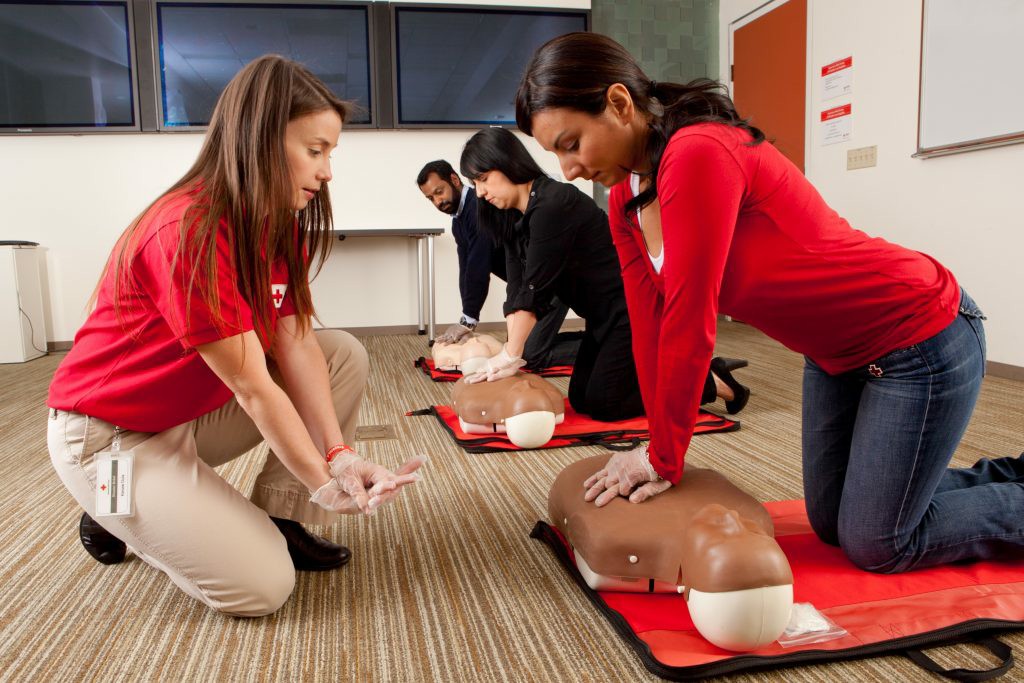


 349,500 Offered Certificates
349,500 Offered Certificates
 24/7 Online Training
24/7 Online Training
 Money Back Guarantee
Money Back Guarantee
 Fully Accredited Courses
Fully Accredited Courses

Created at: 25-02-2025 21:38
In an unpredictable world, preparedness is key. Completing a First Aid and CPR training course equips individuals and organizations with essential skills that can save lives. Whether it’s a minor incident or a major emergency, having trained personnel ready to respond can make all the difference. This article explores the importance of First Aid certification and its numerous benefits for businesses, employees, and the wider community.
Emergencies can occur at any moment, often when least expected. From workplace injuries to sudden health crises, being prepared is crucial. First Aid training emphasizes the necessary skills to assess and respond effectively in emergencies. Immediate action can prevent further harm, making First Aid & CPR certification not just a training opportunity, but a responsibility for all workplaces.
CPR (Cardiopulmonary Resuscitation) is a critical skill that can save lives during cardiac emergencies. Knowing how to perform CPR can increase the survival rates of individuals experiencing cardiac arrest significantly. Training courses typically cover:
Compliance with health and safety regulations is critical for every business. First Aid training for employees not only promotes a culture of safety but also helps meet legal obligations. Compliance standards require that workplaces must have trained personnel capable of providing first aid.
During an emergency, situational awareness and the ability to act quickly can be lifesaving. Here are essential procedures taught in Emergency First Aid training courses:
Check for safety hazards before approaching the victim. Only proceed if it is safe.
Gently tap the individual and shout, checking if they respond.
If there is no response, call emergency services immediately.
Follow first aid protocols for the specific condition until professional help arrives.
Selecting the right training course is essential to ensure competent response during emergencies. Consider these factors:
Flexible learning options like online first aid certification courses allow employees to learn at their convenience. Advantages include:
Incorporating First Aid and CPR training into workplace protocols is a proactive approach to fostering a safer work environment. By educating employees on these essential skills, organizations ensure they are prepared to handle emergencies effectively. Don’t wait for an accident to happen. Enroll in a First Aid & CPR training course today and empower your team to respond with confidence.